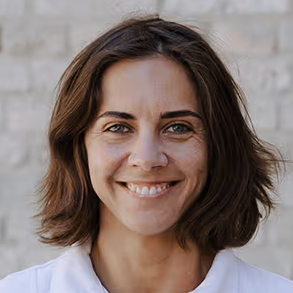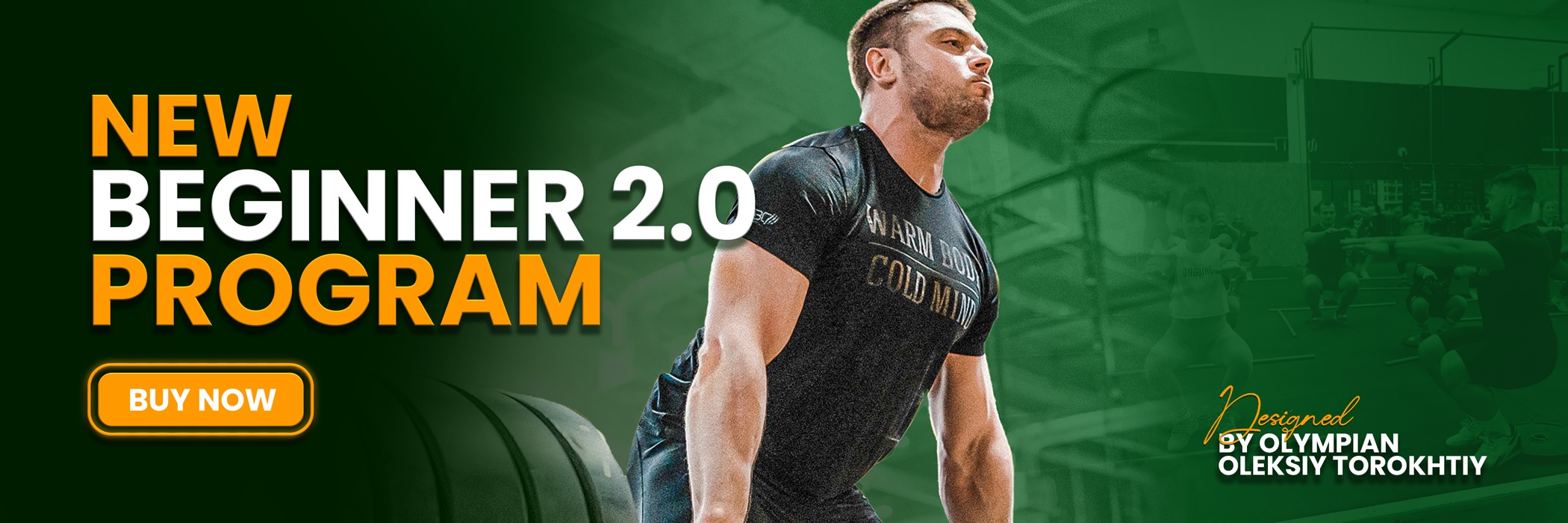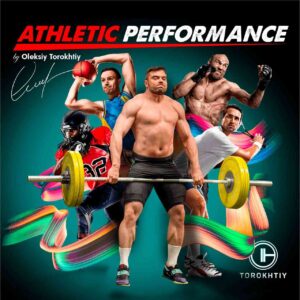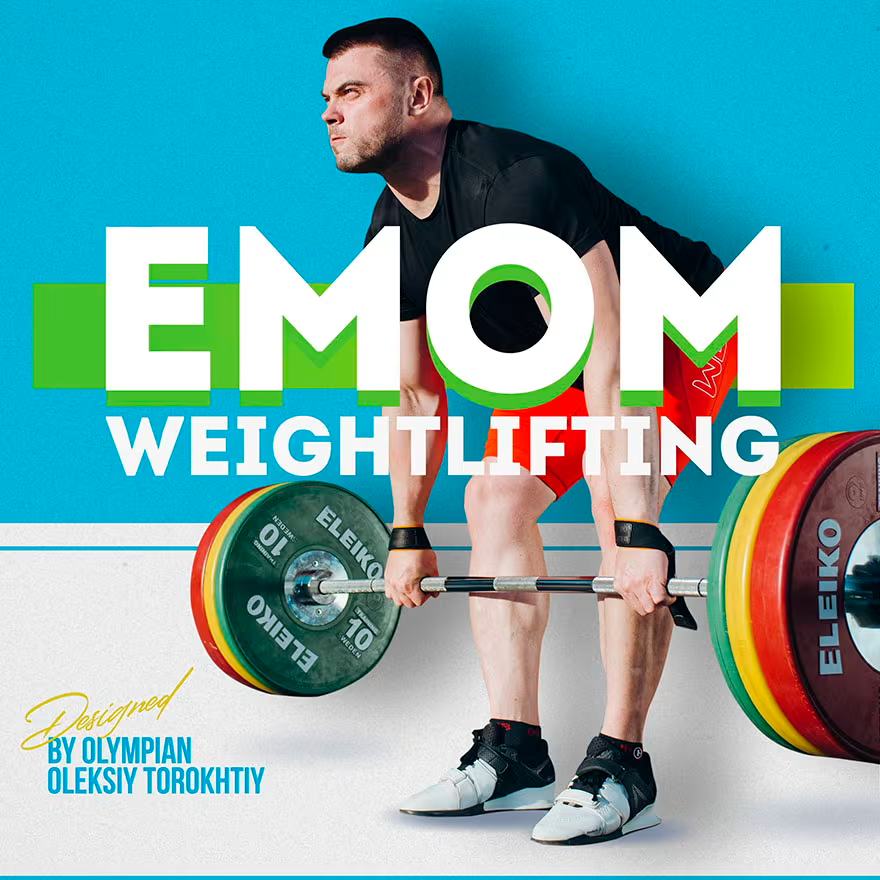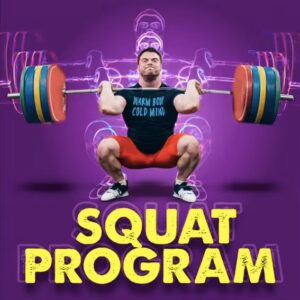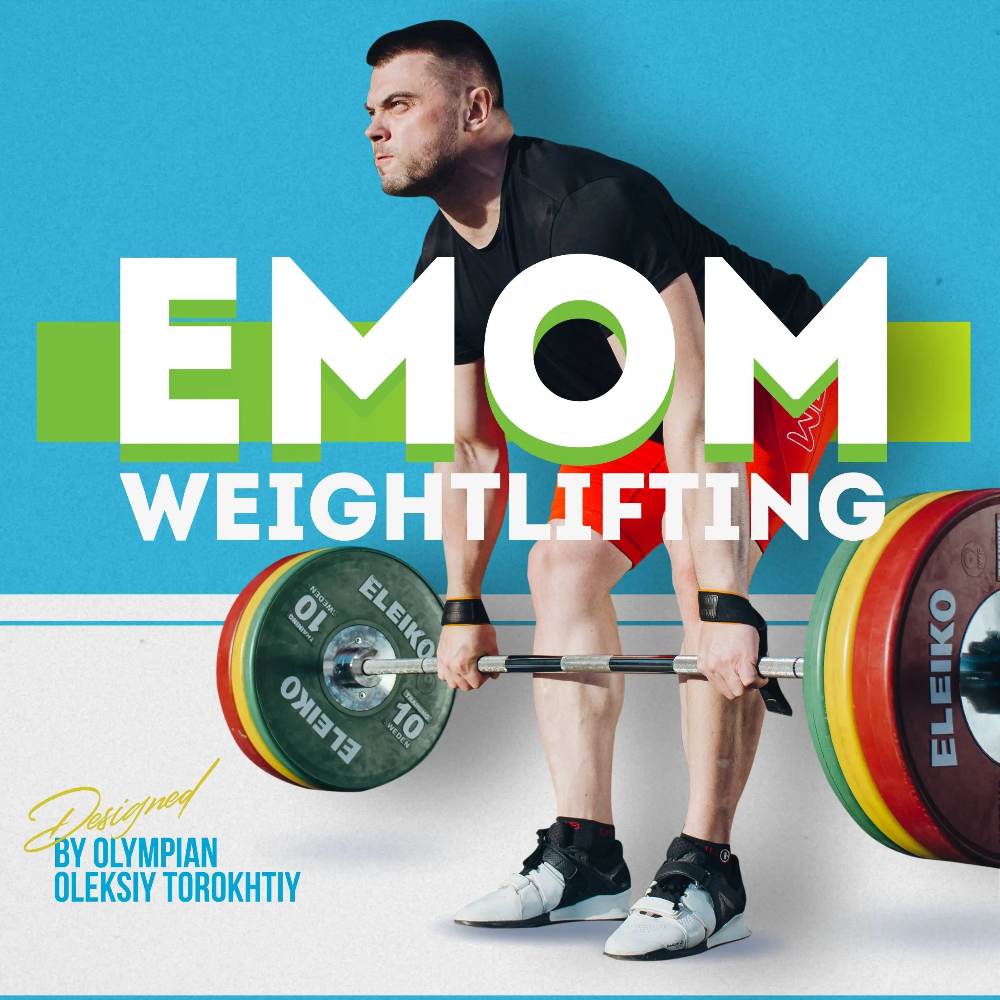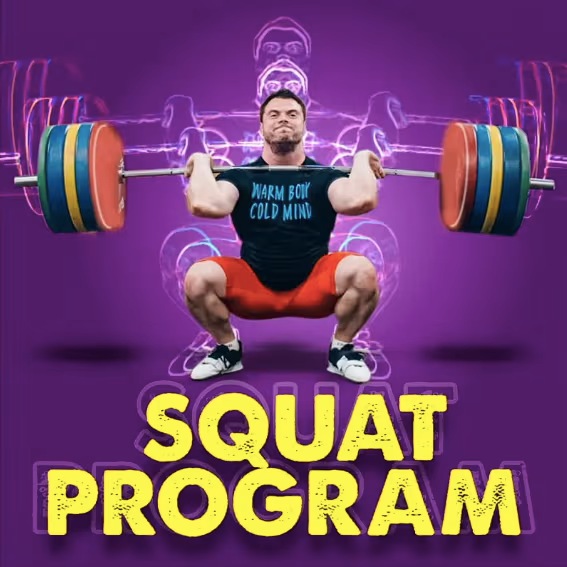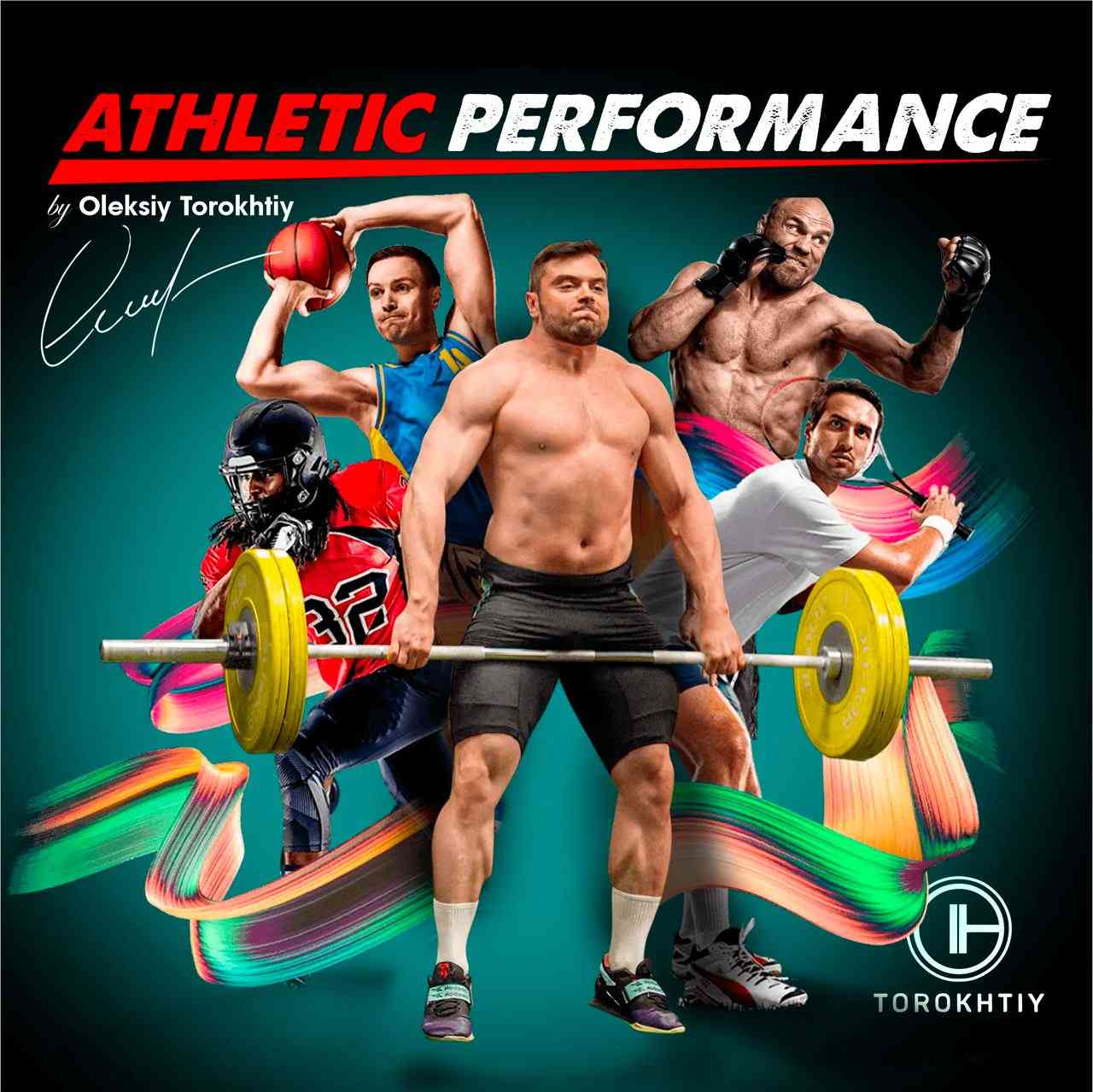Interview with the head coach of the national team of Uzbekistan Erzhas Boltaev
Author:
Posted on
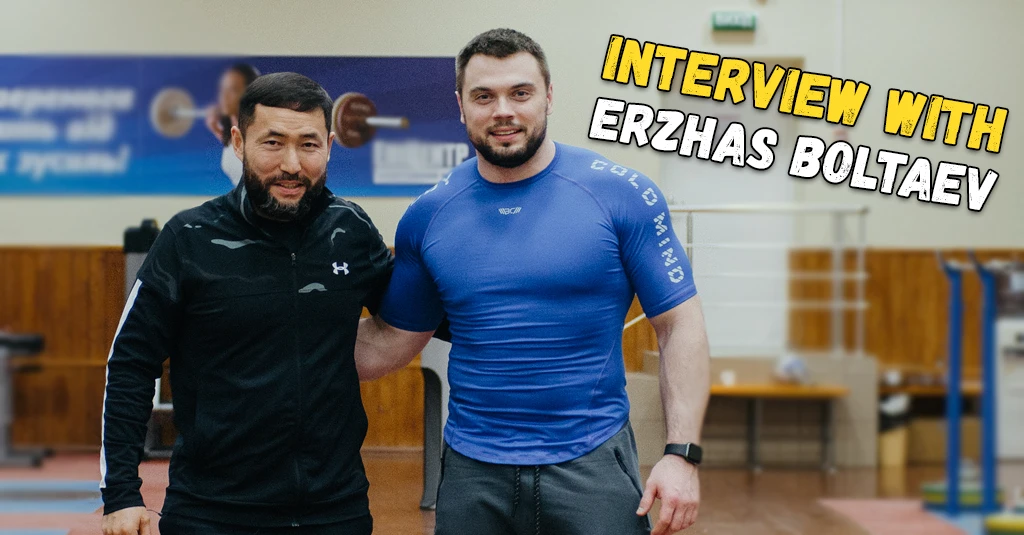
O.T. Tell us about yourself and how did you get into weightlifting?
E.B. I was doing weightlifting, I was a professional athlete at the national level of Kazakhstan. And I started coaching early (in 2003), as I really liked this sport.
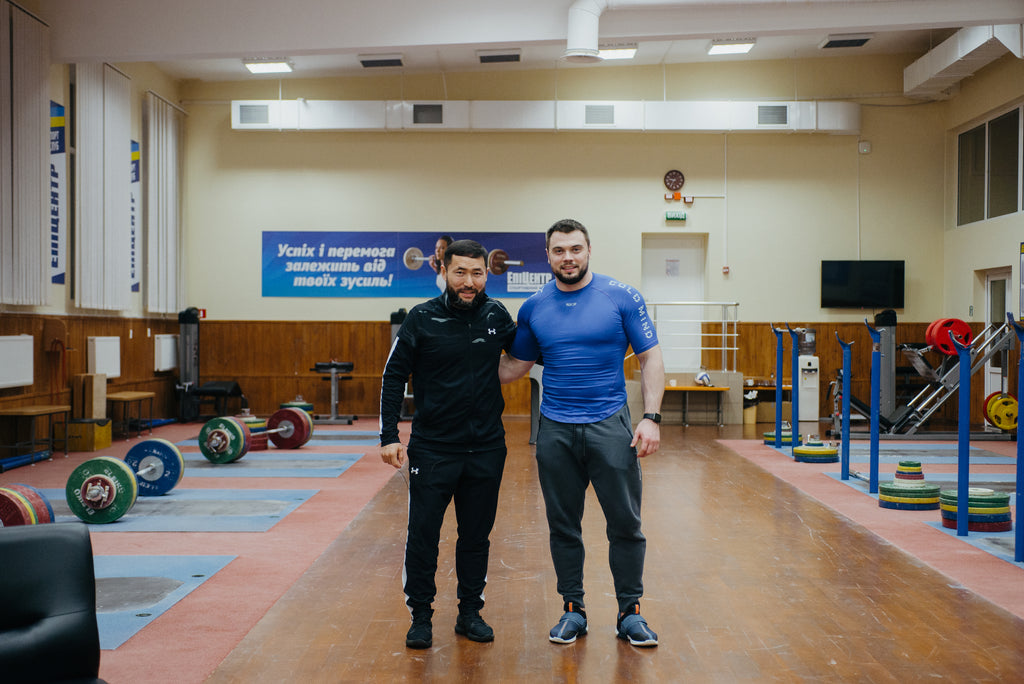
O.T. What triggered the transition from an athlete to a coach?
E.B. Family, life, and age. I did, in general, everything where you worked with “iron”, powerlifting too. But weightlifting is fascinating in a different way. I like when top weightlifters say about their feelings when they lift the bar, how they feel about weightlifting.
In fact, my coaching experience started at the gym and fitness. While studying at the Republican College of Sports and the Academy of Sports, I liked special subjects: physiology, anatomy. Later, my coach offered me her job as a weightlifting coach. My wife supported me, as she knows how much I love this. So it is how it started. Fitness activity faded into the background, although I continued to work with my clients.
A year later, I was appointed as a head coach at this college. I rebuilt the training system and it gave a tremendous effect, the guys began to lift well. We started winning local competitions. National team candidates began to appear among my athletes. They had excitement and desire to lift.
O.T. When did you get into the national team?
E.B. We started going to the training camp in 2011, but officially I became the coach of the national team in 2014. Since 2011 I started working with Ilya Ilyin. Since the beginning of 2019, I was invited as a coach-consultant to the national team of Uzbekistan.
O.T. How does it feel to be the coach of Ilyin, a man of legend? I remember him from 2005-2006 when we came to the junior competitions, and then he was already clean and jerked about 220 kg.
E.B. I am often asked questions about Ilya. I worked with him for almost six years. I am very pleased with this work. I am glad to have the opportunity to work with guys of this level. This inspires me to self develop as a coach.
When I remember this time, it was such a responsibility, on the one hand. On the other hand, there were a lot of tasks, and this makes you work every day, every minute. If you lag a bit and this is reflected in the result, in your relationship with the athlete. Ilya is the greatest athlete of this period. He is a legend. The first championship under my leadership was in Paris in 2011. You also competed there.
We were preparing for the World Championship without any training camps. We came to the Kazakhstan weightlifting championship, performed, showed a good result. Through obstacles we reached the World Championship, Ilya won in total over Artem Ivanov, a representative from Ukraine, a very strong athlete. I expected a battle with Alexander Ivanov from Russia, but it was with Artem. He was a very strong athlete at that time. The battle was good, but we had a third attempt, and we abandoned it. Everyone said, “These guys lifted the same weight. At the next competitions, he will win you. But we had one more attempt in C&J.
O.T. In an interview, there was information that at a certain preparatory stage Ilyin added swimming to his daily routine and began to reduce the rest time between sets for heavy weights.
E.B. When we started working together, we laid out all the training, everything related to the technical part, and all other components of the training and in terms of the development of general physical fitness, the functional qualities of an athlete, we chose swimming, because running is not always good for a weightlifter. Swimming was perfect, but unfortunately, I didn’t know how to swim well. The first thing we did – we involved experts. I am a supporter of the fact that you should always betake services of specialists. The most important – the swimming coach taught him how to breathe in the water. We started with 200 meters. I remember the distance of 200 meters was a disaster for him. We brought up to 2 km without stopping. He swam for 40 minutes. He could continue to swim if he was not stopped.
Then regarding reducing the rest period between sets. When a battle breaks out between two strong athletes at the competitions, usually two or three of them remain, then one after the other is called at the platform to lift the bar. Only two minutes to recover, but actually, there are one and a half minutes. Two minutes and huge weights, tremendous stress. There can also be not enough oxygen if this is Thailand, where it is stuffy. You must be so trained for just one attempt. I have often noticed that athletes have colossal shortness of breath between sets. This is wrong, something must be done. One of the solutions was swimming. The priority was to build an overall endurance. Further, special strength endurance. We started with swimming and used it to the end. For example, in January-February two or three times a week, then twice a week, then once a week. Later we swam for other purposes – for relaxation. When we reached desired kilograms, we began to work in this way: during training, we used a stopwatch and timing. It is very simple, logical, I think that many specialists do so. We tried to do all PR sets with a stopwatch. The recommendation for fellow coaches is to do this. We have a time limit, there is a struggle, there are big weights. It makes no sense with light weights. For example, you give an athlete one and a half minutes to catch the breath, he snatches 180 kg, you give him another one and a half minutes, he did 190 kg. Or you give him seven minutes. There is a struggle when you have to cool down between attempts, do what you want, but you will come up in seven minutes, for example, or in ten.
O.T. We also used timing in the national team. There was also the following: the first competitive snatch attempt 180 kg and rolled back 120 kg, a couple of sets of 120 kg, again did 185 kg, such moments temper mental readiness, not physical, but mental. What else was used to battle?
E.B. A very interesting question. Many people know the Bulgarian training system. Ilya loves this system very much. I call this weightlifting style “attacks”. In training, you do at least three attacks for absolute maximums, plus or minus 5-10 kg. Going down, going up. This is a competitive training method, some call it the Bulgarian system. The athlete must be ready for such loads at the competition. This should be done in training. All control workouts should be done in this mode. Not just 190 kg snatch, then rested as much as wanted, no stress, everyone supported you, using straps once again lifted 190 kg, and you hope that you’re ready to win. But take competition conditions and you have to reduce these kilograms, at least 5, sometimes 10 in some cases.
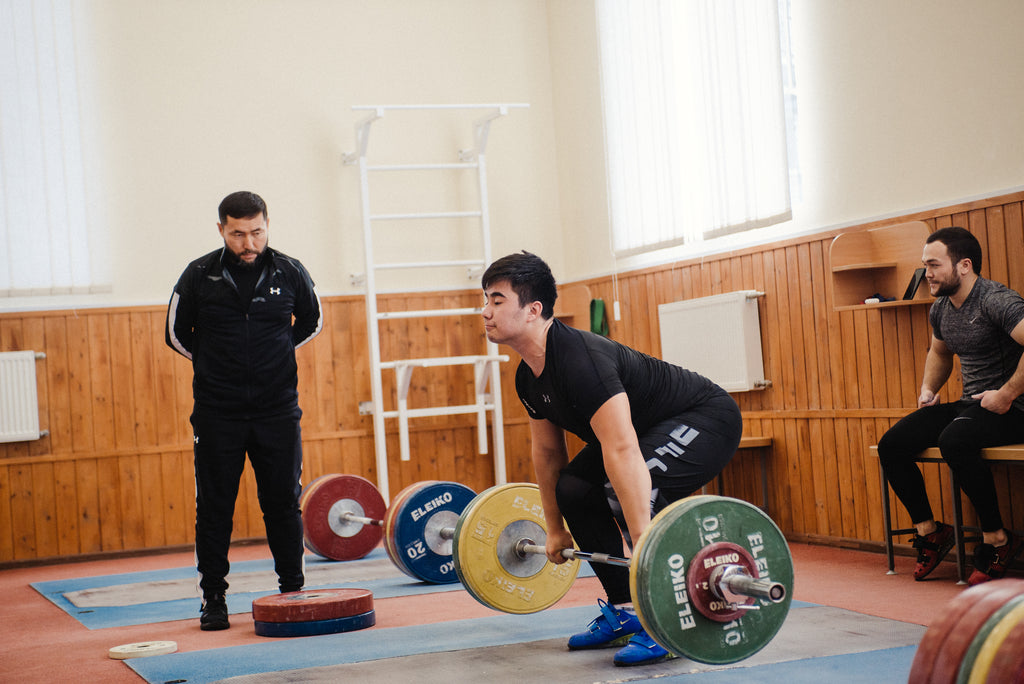
O.T. What should the last two or three sessions before the competition look like? What algorithm did you choose THEN and why such? I ask THEN, because many coaches can change their vision over time.
E.B. It is different, you are right. These last days, if we take Ilya specifically, are very individual. He always wanted to lift big weights. But there are different options: someone drastically reduces the load, someone goes to the end like the Iranians lift world records the day before, or like the Chinese the day before squatting huge numbers. Everyone has a different approach.
But still, more effective, in my opinion, is using just classic exercises in different variations, in different kilograms, depending on your weight, how many days you have left, and so on.
The second example, if you take Aleksandr Zaychikov as an example, he always asked me to lift more, and they always added kg to him. Right before Houston, when he became a World Champion, with two days left, we lifted 180/220 kg and it was surprising. Ilya also wanted it, but it wasn’t his way, since we almost always lift both light and heavy weights. I saw some athletes, for example, Artem Ivanov, come to training three days before the competition, and he did 40 kg snatch and 40 kg C&J. You see, different approaches– and he performed well. As far as I remember, he had a competition in Paris. 407 kg was his best total at that time.
A.T. I know you don’t like working with percentages. But can you give recommendations for the day before a competition as a reference point?
E.B. If a day before the competition you visited the sauna, then, of course, working in a 50% zone. On average – 70% on the last day, and only C&J and snatch, and only 1 time, no squats and pulls, good warm-up, three sets of singles and that’s enough.

O.T. We have already touched on the topic of percentage, you say that in any case, you operate kilograms. Why?
E.B. I believe that kilograms give a more complete picture of the condition as for today because the percentage is always taken from the absolute maximum results. I believe that today’s condition is more important, and it is a little easier to assess it in kilograms than in percent. The athletes, whom I work with, know I try to indicate the lower limit or the desired level, which gives the preservation of fitness, somewhere a small increase.
O.T. So the athletes decide for themselves how heavy they can go?
E.B. Yes, they look at their condition. Today we planned with the athlete to snatch 180 kg for 5 sets and 2 reps each. He does it and feels that he can do more. 2-3 sets and the next attempt will be 185 kg or a little more. The coach slowly brings the athlete to the peak, carefully, in stages. This is layered and ultimately gives a very good result.
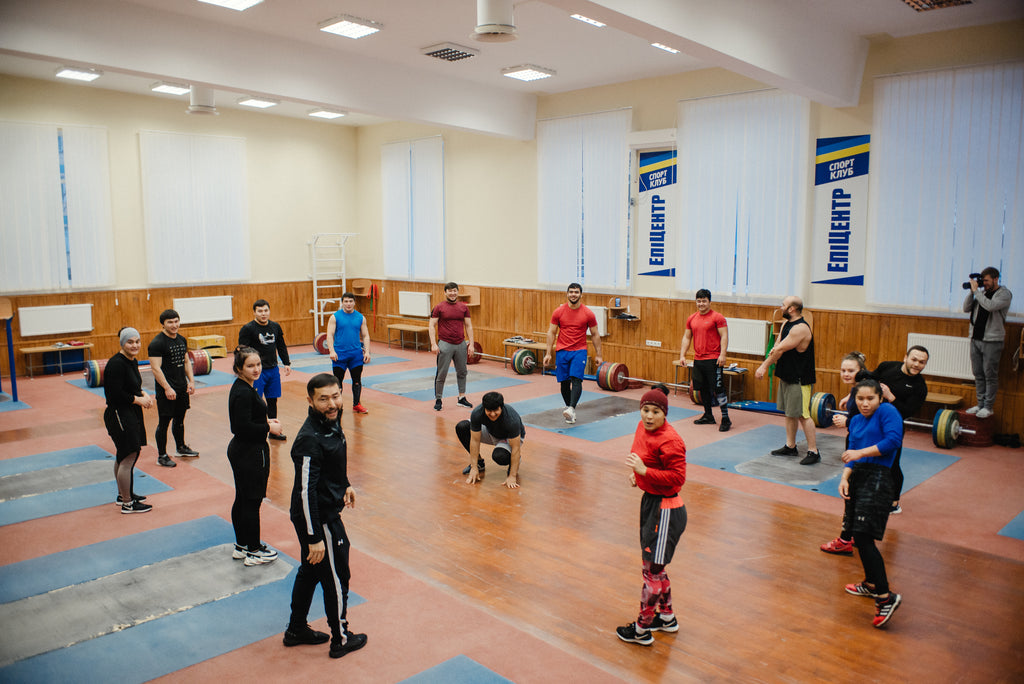
O.T. Are there any criteria by which you determine whether there was enough load in pulls, squats?
E.B. We were taught at the Academy of Sports, at college, to count the total amount of kilos and other indicators. In my opinion, this is not very effective. Someone lifted 10 tons per session, and someone 15 – does it mean he is stronger? Average weight is an even more objective indicator! If the level of average weight increases slowly, this leads to an improvement in the result. In any case, when it comes to analysis, I used to constantly try to calculate how much work we did.
Now I think this way: I want an athlete to snatch 190 kg on the competition platform – I count how many “attacks” he made in a snatch, and how many of such sessions he had. I should have at least 5 attacks. For example, in this preparation, I have to do at least 5 such sessions with three snatch attacks at 190. To finally snatch that weight, the athlete has to constantly lift in different ways.
O.T. From your practice, when is the best time to practice attacks?
E.B. Previously, we used the Bulgarian training system. The weight attacks were planned three times a week: Monday, Wednesday, Friday. Jumps in C&J is 10 kg, in the snatch – 5 kg. Two weeks before the competition, we reached record kilograms. But even then we began to abandon this format of work.
I remember that Ilya focused on this. If he needed to snatch 195 kg, he had to snatch 195 kg without straps for doubles or triples, in several attacks or more.
A very important point: working out the scenario of the competition in the training process, options for your competitive attempts. This should be tried out. Let these non standard kilograms, let them be 187, 188, these are trifles, but you have to go through them during the training. Light weights in the same attacks, I call the rehearsal of the competition. I have a working figure: to run 5 competition scenarios before day X. This usually takes me about three months of preparation. It would seem that they could be done in three weeks, but no, it didn’t work. Approximately three months, 5 attacks of the competition weights, one after the other, on a stopwatch.
O.T. How did it happen that you were invited to the national team of Uzbekistan?
At a certain stage, I felt that I needed to change the situation, even for my personal growth. There is very good attention to weightlifting in Uzbekistan. Weightlifting is in the top 3, along with boxing, judo and wrestling. In any case, you work here under a contract, you are paid for the result. I am a person of a religious nature, and I understand that something new from the Almighty, is a message to develop. The first time was uncomfortable, especially when I wore an Uzbekistan uniform.
At the end of 2018, in December, I arrived in Uzbekistan. We met with the management of the Federation, talked, and discussed everything. The conditions suited me at that time.
O.T. Can you tell us about the discipline and tradition of the anthem in the team?
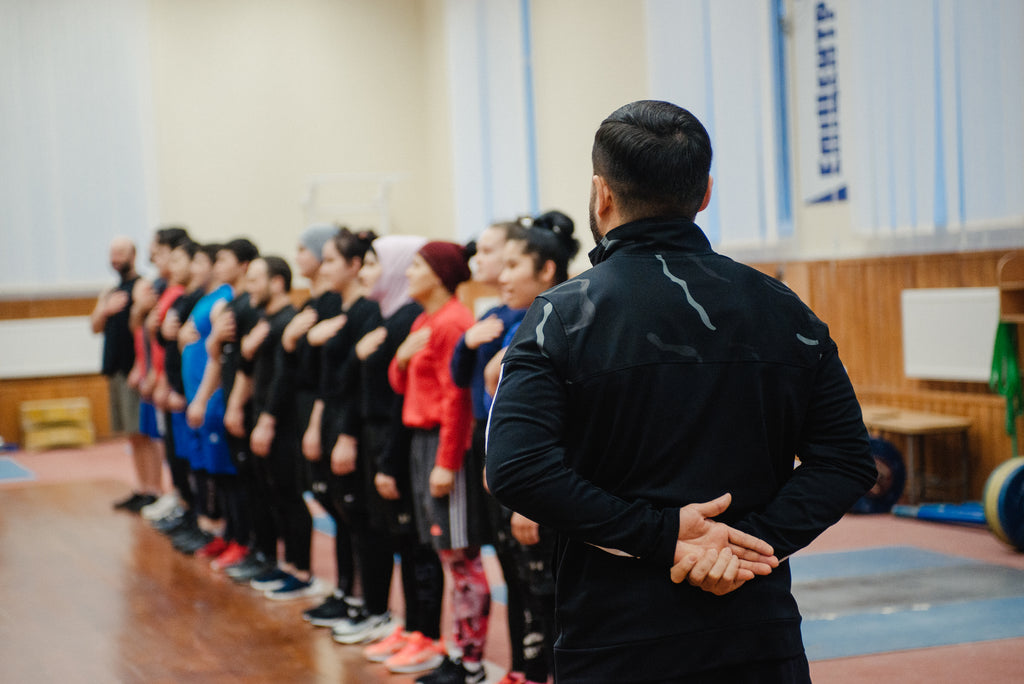
E.B. When we met with the management of the Federation in December 2018, I was given task number one – not a result, but discipline. On the first day I said, “Dear athletes, I like to work with full trust.” Trust in the daily routine and in the nutritional process. I don’t know if there is such a routine in other teams, but we take the phone away from athletes.
Of course, they are not very comfortable with it, but a regime is a regime. We talked about these discipline requirements: you can’t be late for breakfast, lunch, dinner or training. There were several cases: a person was a little late for training, but the doors were closed, unfortunately. As for the anthem, I suggested to the head coach that in educational terms, patriotic, it would be good to sing the anthem once a week with the team. To remember where we are from.
O.T. An unexpected question, what should I do to have my phone taken away for a week?
E.B. So, it can be the point of abstraction: an athlete is at the training or he is mentally outside. He is not focused on the process. You start to understand the situation and you realize that there is a problem. You start to find out the reason, ask them, but they are a little secretive, probably the phone is interfering. You take away the phone – and the problem is solved)))
O.T. What if I have a drink of alcohol and come to the session?
E.B. You just won’t be a part of the national team anymore. I must say right away that for me the one, who smokes and drinks – he is not a national team member. The gym door closes forever, immediately without notice. You are an Olympic champion or a world champion – there is no difference. The door is closed.
O.T. Let me talk about working with Ruslan Nurudinov? Can he be compared with Ilya?
E.B. Both are the greatest athletes, skilled, not fully developed. Earlier I studied Ruslan as Ilya’s competitor. I always watched all his competitions, his technique, his pros and cons, I built Ilya’s training based on his pros and cons. This is also important because they met in 2014.
O.T. Did you then realize that you would train Ruslan in the future?
E.B. No, I didn’t even know. In 2014, Ruslan and Ilya met at the World Championships. Ruslan was the best in this category. Our Kazakhstan management told us that we would lose. At home, no one underestimated our potential, the office of the federation even allowed us not to perform. I said, if we do not perform at home – the people will not forgive us. They love him so much in Kazakhstan, and they still love him.
If you compare them, each has an advantage, pros, and cons. I was surprised by Ruslan’s intelligence. Ilya is also a very intellectual athlete, but his direction of knowledge is different. Ruslan is well versed in biomechanics, physiology, knows anatomy well, quickly understands, catches on very fast. It is very comfortable to work with him, in this regard. Ilya must see the plan, clear training numbers. He always posted a plan on the wall in his hotel. He must see when, how much he must lift.
Ruslan is different. If we compare the legs separately, both are strong, of course, Ilya has a weaker back, the upper body is also weak, but there is something in common. Ilya walks in the clouds, and Ruslan is more down to earth. Ruslan is ready to lose to win later. For Ilya, the loss is a disaster.
O.T. What are your working points to focus on with Ruslan now?
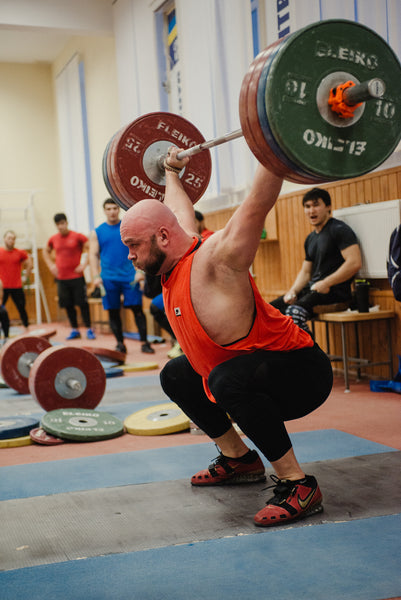
E.B. Considering all the factors, we thought, and I recommended starting the training with weak parts, there are enough of them: both knees were injured, problems with hernias. We start one session by warming up the knees, the other we start with his back muscles. A set of exercises, usually we do three to four exercises, three-four reps. It takes about 30-40 minutes of the training process, then we just start the main load.
This is the main difference from the training of other athletes. The body needs to be prepared. Injuries, if they happened before, tend to recur later. A very wide range of work with elastic bands, with free weights, on stands, etc. As for the technical part, I want to change the technique, I would change the starting position. Well, for example, the position of the knees, the bar placement.
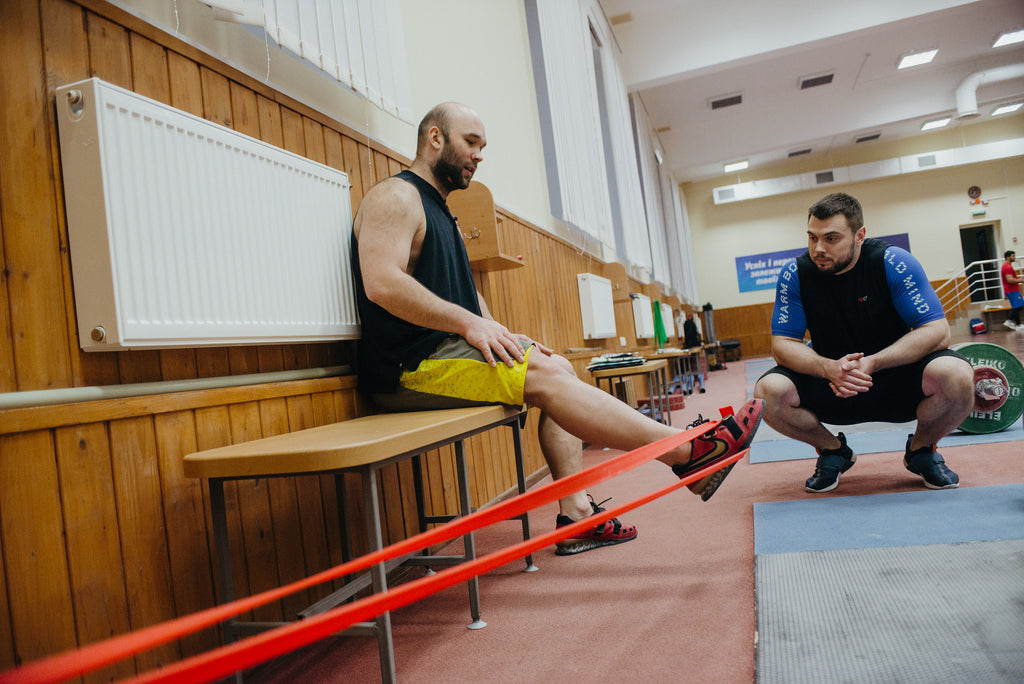
O.T. The technical question is, how to hold the barbell closer to the body?
E.B. Depending on anatomical data, one of the options is to raise the pelvis at the start position and spread the knees. But what follows then? It is necessary to strengthen those muscles that will work at this angle.
O.T. What’s his potential now?
E.B. The aimed weights for us at the Asian Championships, the first half of 2021 are 190-230 kg. 420 kg is a good total, but he has a bit more potential. Yes, to clean and jerk 240 kg is possible and real. The only factor that doesn’t work for us is time. I have not yet fully studied Ruslan, his sports reserves.
O.T. What technical sides have you discovered in the last 10 years?
E.B. Yes, my vision of the technique has changed. At the sports academy, we were taught the Soviet method, the method of angles. This is a good snatch, height, movement, speed, constant work on the technique. Now there are a lot of coaches who believe that the technical part is less important. They say that the physical part is a main part of success. I am very interested in the Chinese weightlifting school. At the end of 2019, thanks to an agreement between the federations, we spent 10 days at the training camp in China. I don’t know a single team that has worked with the Chinese team. A titanic approach. In terms of technique, there is no such level anywhere, neither in Europe nor in America.
And here is the keyword that I liked that hooked me, they said: we will change people’s idea about the movement of the barbell, we are talking about technique. You know, the Chinese technique is a good backswing, it is a snatch without a jump, without moving your feet. But they snatch beautifully, snatch well. This style may not suit everyone, but the idea is really changing. Their power position wasn’t clear enough, sometimes they didn’t even do it. Just pull it and drop it under the bar. It would seem that this is nonsense. But in fact, there is a lot to learn from their technique.
O.T. So what did you take for yourself?
E.B. In my opinion, the best exercise to correct a snatch is a snatch with no jump. This is an ideal exercise for correcting the technique. You will not jump forward or back. You can’t apply speed madly.
And I also like how Dmitry Klokov and Andrey Aryamnov promote weightlifting. Great guys. This is an excellent contribution to the development of weightlifting and its popularization. I always watch the “Rivkachi show” of Dmitry, he is great. There are very few coaches who talk about training on YouTube or other social networks. And when top-class athletes do so, it helps a lot.
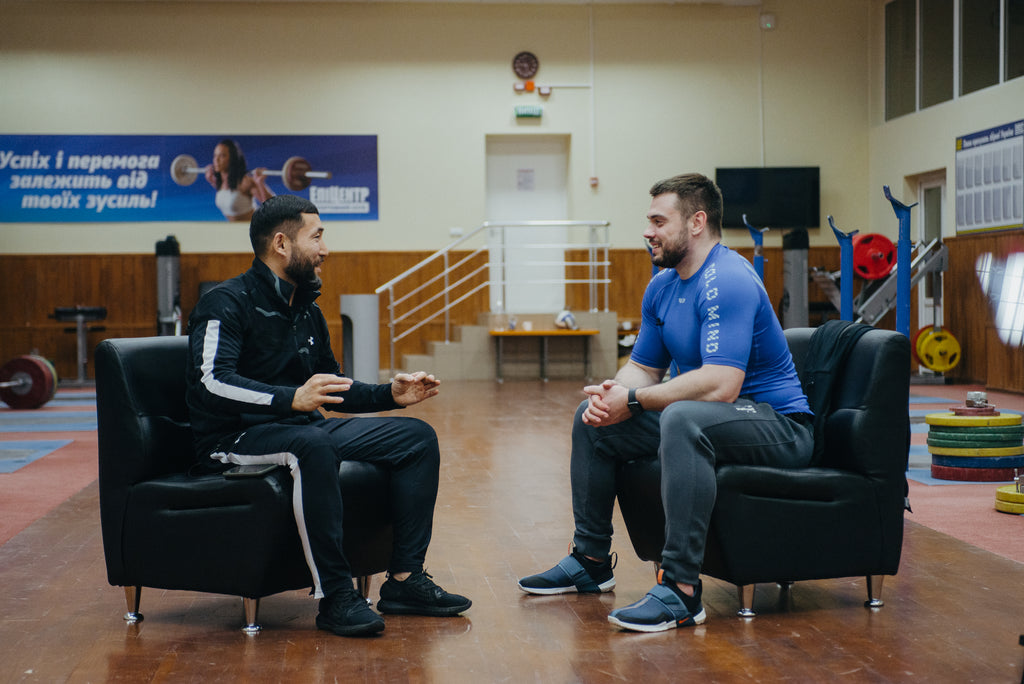
Science now needs to be involved in all areas of training, there is no way without it. If we combine science and the experience that has been accumulated in Russia, Ukraine, Kazakhstan, that experience of working with high-level athletes, combine, we’ll have a new development. In the C&J, we did not go far: Vasily Alekssev lifted 256kg in clean and jerk in the 70s.
During the pandemic, I remember I had self-isolation for 15 days. I arrived in Tashkent. I was alone in one room – forced isolation. So what should I do for 15 days? The first thing I asked for was books on sports physiology. I discovered a lot of new things for myself. This is what we are missing. You have to look deeper, go further into the muscle, go into psychology, see what is happening, what processes are taking place, how the recovery process works, how the muscles are created, what affects the development of strength qualities, what affects the development of muscle tissue, etc. Until you know, you work by touch.
🔻Find Your Best Training: Take Our Quiz!
Are you ready to learn and grow? Take our simple quiz to discover the right training program for you. Let us help you succeed — click below to start the quiz!
Author: Tanya Shaiko
News Editor, Olympic Lifting Enthusiast
Best Results: Snatch – 61 kg,
C&J – 78 kg
I’m Tanya, and I just can’t do without fitness. About six years ago, I got into Olympic weightlifting and instantly fell in love with it. Weightlifting is like no other sport – it’s just you versus the bar. Driven by my unwavering passion for an active lifestyle, I’ve been eager to share my personal journey and sports enthusiasm with others. As a journalist and photographer, my interests come full circle, adding an extra dimension to the news column that I curate. This way, I keep my readers updated with the latest happenings in the sports world.

